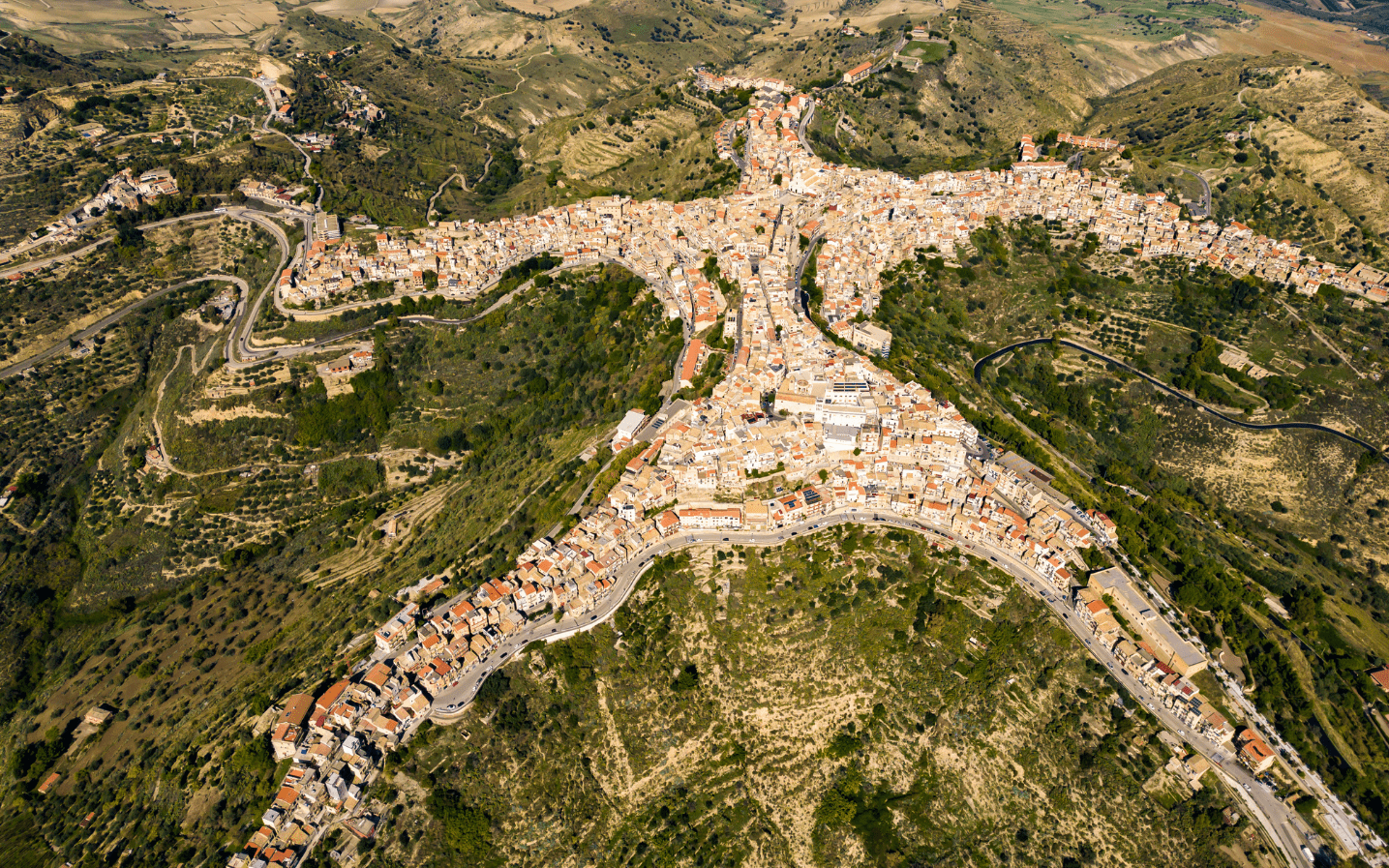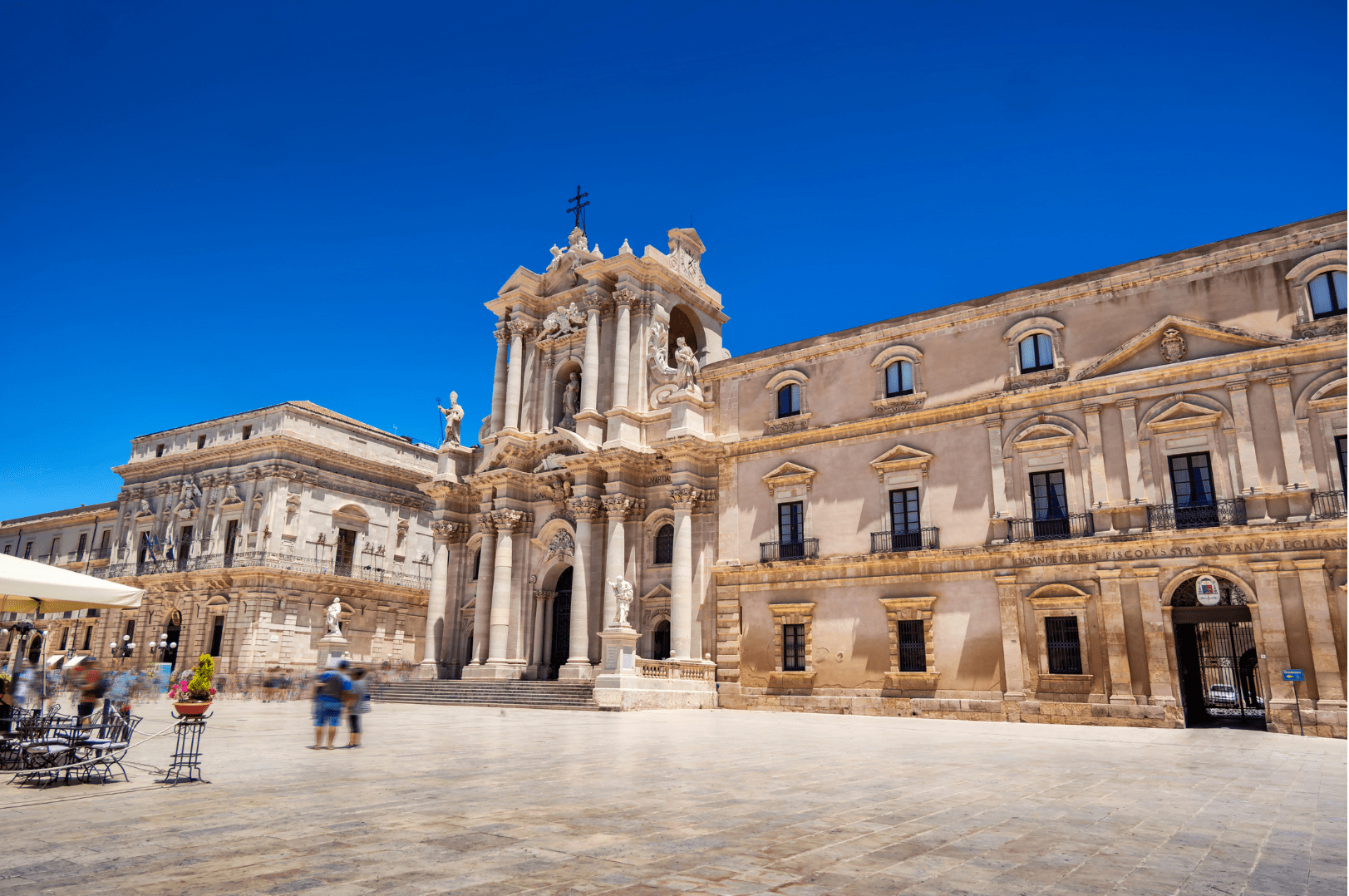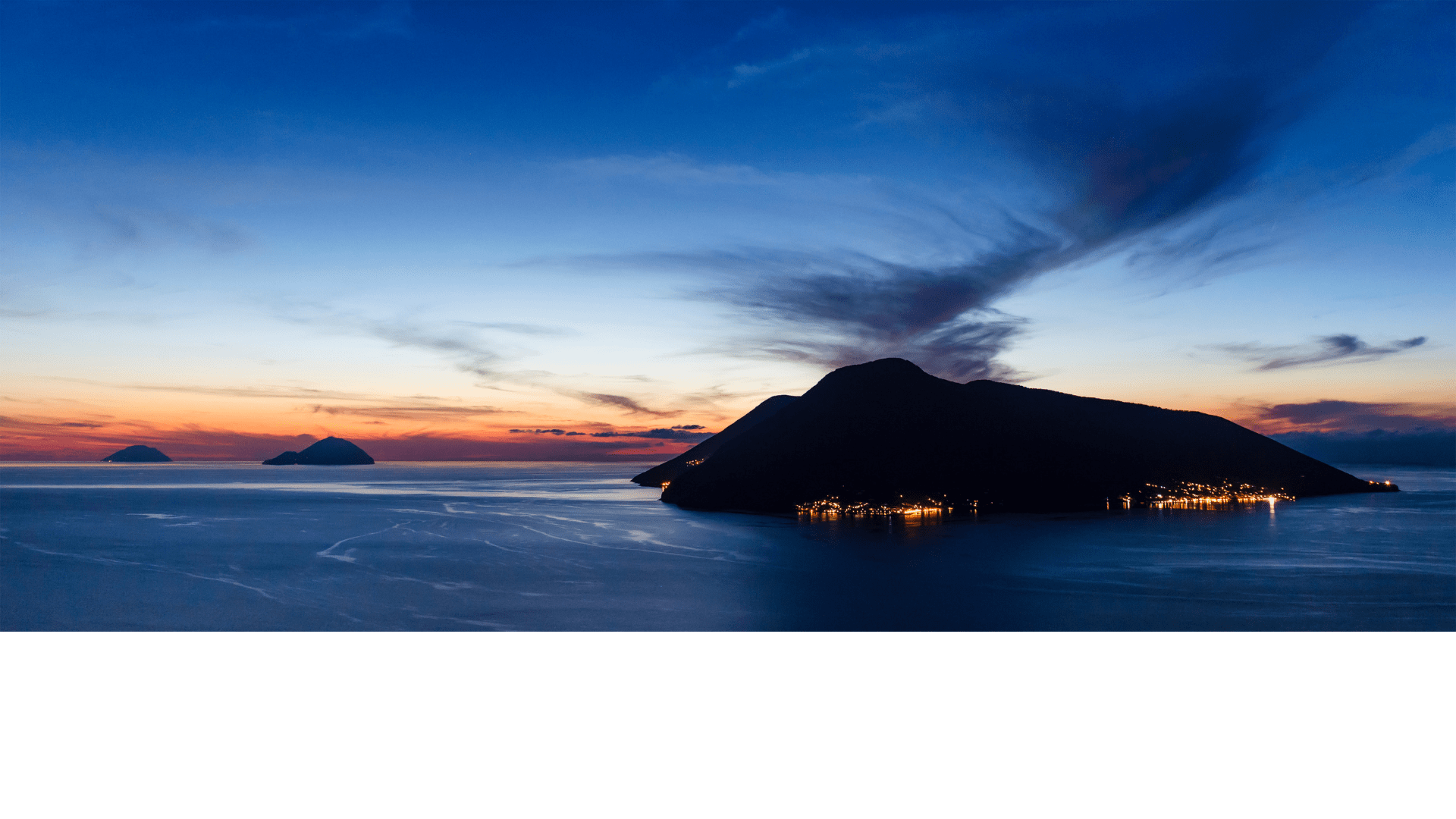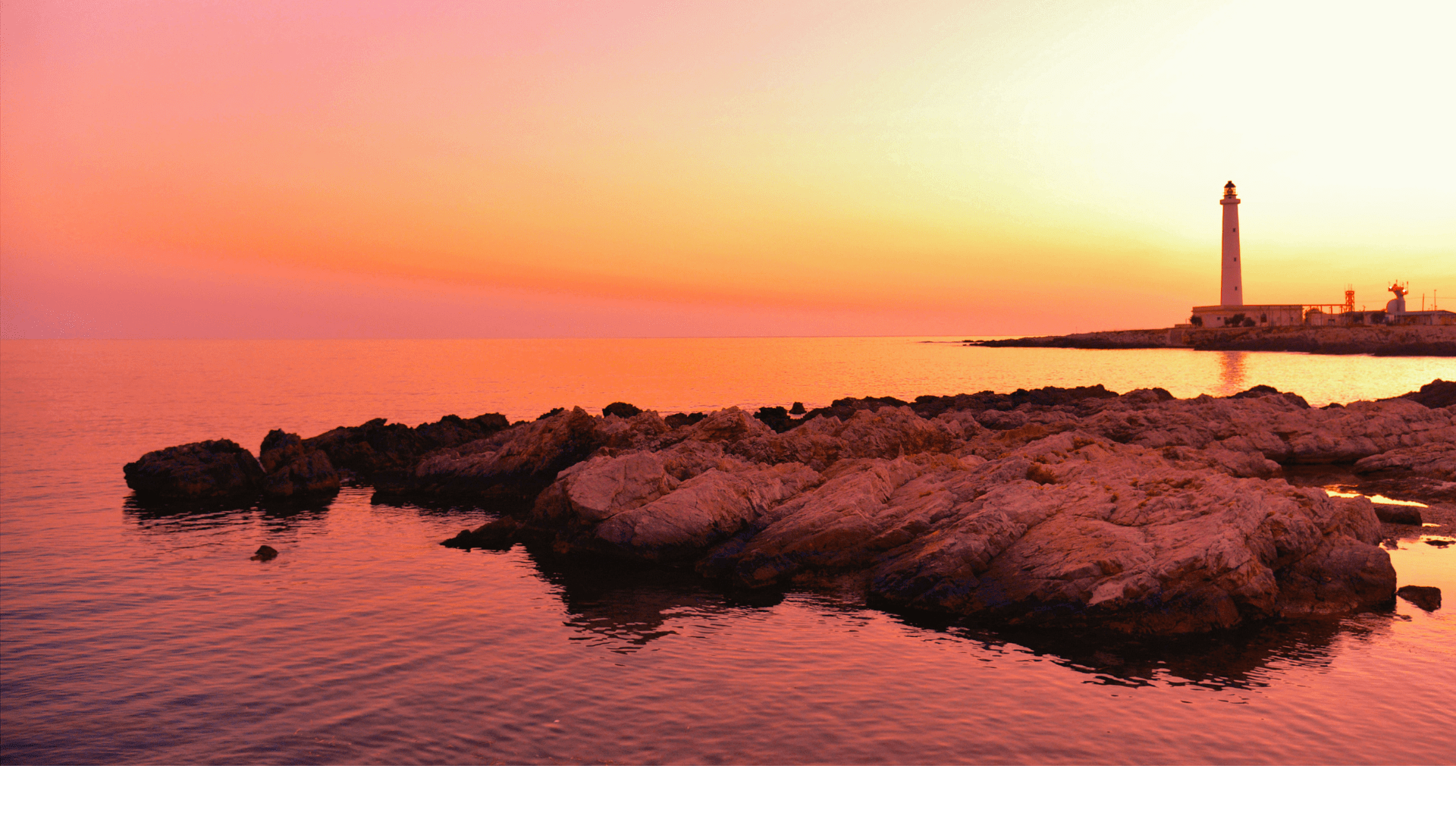DAY 1 ARRIVAL CATANIA – ADRANO
Although Catania lies at the foot of Etna and over the centuries has been lapped several times by lava flows, the remains of the ancient
city continue to emerge from underground, proving false the opinion that the volcano had largely erased it. The numerous remains, of the
Greek and Roman past of Catania indeed, would allow to offer for this period a large and articulated picture of the historical, urban and
artistic events of the city.
The old polis extended mostly in the area now occupied by the former Benedictine Monastery, Piazza Dante and the Ursino Castle. In
this area there are the three main hubs of the city, namely: Acropolis: via Montevergine, Agorà: Cortile di San Pantaleone, Theatre: via
Teatro greco.
Adrano is a municipality located 560 m high in the Etna Park. Already a prehistoric settlement founded by the Sicels, it became a Greek city
with the name of Adranon in 400 BC. C. It later fell under Roman, then Byzantine, and finally Saracen rule. At the Norman Castle there is
the Regional Archaeological Museum, with its rich collection of prehistoric materials mostly coming from Etna.
Monuments of interest are the Norman Mother Church, the Monastery of S. Lucia erected in 1596, the Church of S. Lucia, the
Church of S. Agostino with its inlaid marble altar and the Bellini Theatre built in 1846, in Art Nouveau style.
Not to be missed is the Exhibition-Market of artistic and commercial crafts held in July.
DAY 2 CENTURIPE – LEONFORTE
Viewed from above, the village of Centuripe has the shape of a star. Climb to the highest point at Corradino Castle for a spectacular
view of Etna. Not by chance this Sicilian village in the hinterland is called the Balcony of Sicily.
In its alleys you can breathe an atmosphere of yesteryear. Founded by the Sicels in the 8th century BC, then destroyed and rebuilt several
times in the course of history, today you can see the sixteenth-century structure. The greatest splendor knew him in Roman times, of which
numerous traces remain: the baths of the Imperial age in contrada Bagni, the ruins of the Customs that originally were a Roman tomb,
the Temple of the Augustals and the Castle of Corradino, an ancient imperial mausoleum used as a base for a medieval tower.
The Archaeological Museum preserves many finds and tells the long history of the country. Do not miss the fascinating churches: the
Cathedral of the Immaculate Conception of the seventeenth century with baroque stuccoes, the church of the Crucifix with majolica bell
tower and the church of Sant’Agostino that houses the painting of the Madonna delle Grazie of the sixteenth century.
Leonforte was founded by Count Nicolò Placido Branciforti in 1610, but this area was already inhabited by the Sicels, one of the first
peoples of Sicily. Do not miss the Granfonte, is almost 25 meters long and consists of 24 pipes still in operation today. Also worth seeing
are the church of Carmelo and the panoramic church of Santa Croce, the Palace and the stable of Branciforti and the seventeenthcentury
church of the Matrix.
DAY 3 AGIRA – ENNA
The medieval village of Agira is located on Mount Teja and this area has been inhabited since prehistoric times. The first real town was
founded by Sicani, the first people together with Sicels and helmets to be present in Sicily. Its name in fact seems to come from the name of
the Sican leaders Agiride.
In Agira are worth a visit the various churches scattered in the territory and the ruins of the medieval castle, from which you have a magnificent
view of the surrounding hills, the lake of Pozzillo and Etna in the background.
Enna with its 931 meters of height is the capital of the highest province of Italy, often shrouded in fog. Yes fog, you understand. Many believe
that in Sicily there is always a mild and sunny climate, but it is not so.
Temperatures and weather conditions vary greatly, depending on the area you are in. The city being in the heart of Sicily has a much harsher
climate than the coastal area. But let’s talk about a bit of history and then find out what to see in Enna.
Enna has a medieval soul with some touches of Baroque here and there and its name comes from Henna, name that gave it the sicani in the
seventh century B.C. Like almost all countries in Sicily from here passed several peoples, including the Greeks, the Romans, the Byzantines, the
Normans and the Swabians. Let’s now discover what to see in Enna: Castello di Lombardia, Rocca di Cerere, Duomo di Enna,
Archaeological Museum, Palazzo Policarini, church of S. Chiara and Piazza Vittorio Emanuele, Torre di Federico II.
DAY 4 PIAZZA ARMERINA – CALASCIBETTA
Piazza Armerina is located on the slopes of the hill Mira almost 700 meters high, in one of the greenest places in Sicily. The treasure of this
village is undoubtedly the Villa Romana del Casale. The villa is a magnificent testimony of Roman civilization, 3500 square
meters to discover. Because of its uniqueness it has been included in the UNESCO list.
The patrician villa should date back to the first half of the fourth century AD and consists of over 40 rooms, all decorated in mosaic and
intended for different purposes.
Calascibetta is a small medieval village little known, but really very nice and with archaeological finds of considerable importance. The
name has Arab origins, but it was the Normans who sanctioned the birth of the village around the 11th century. The village is also visible
from Enna, from there you have a fantastic view over it and the surrounding hills. Another place to see is the Jewish Quarter born in
the fourteenth century. The Jews lived here far from the Christians, but they were tolerated and were engaged in trade, usury and crafts. In
Via Carcere there are also ancient caves carved into the rock, probably of Byzantine origin.






